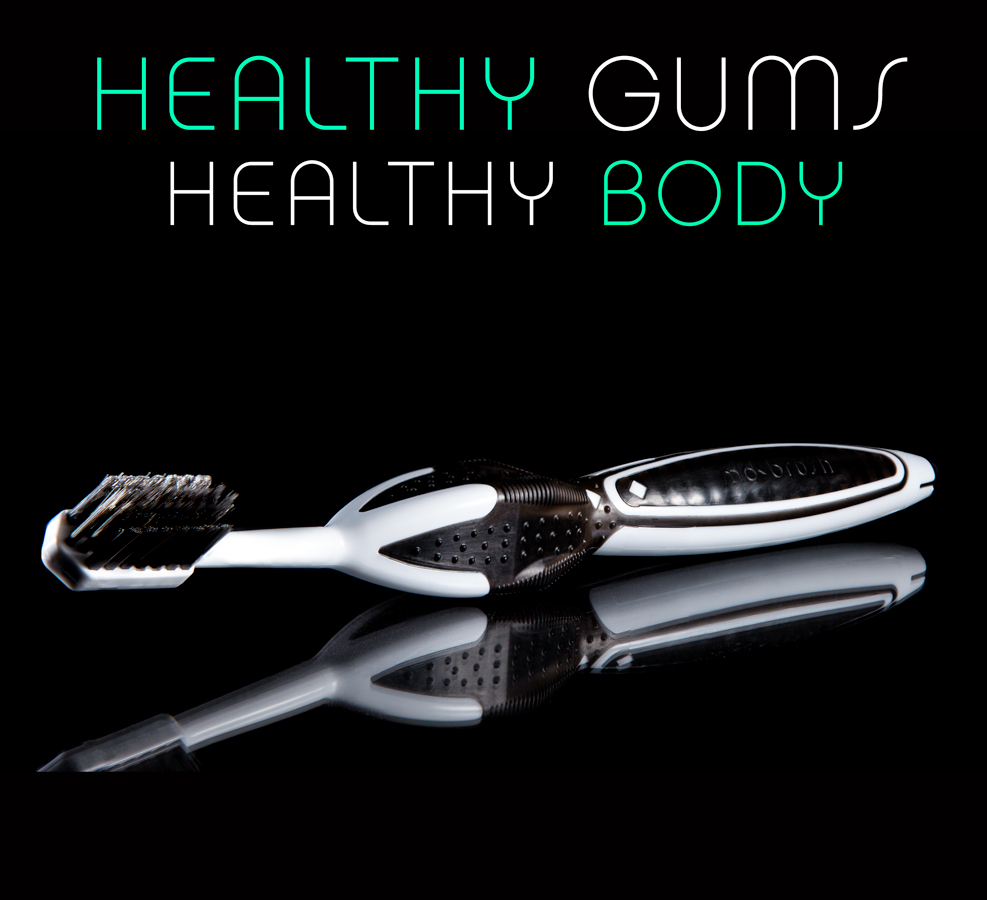Don’t Let Gingivitis Turn Into Periodontitis

There’s a high probability that you or someone you know has gum disease. In fact, 75% of Americans will develop gum disease at some point in their life which can directly affect health. Two forms of gum disease exist; gingivitis and periodontitis, so It’s important to understand the difference and more importantly how to identify if you have one of them.
Gingivitis is the most common and well-known form of gum disease. It’s basically the little brother of periodontitis and represents the first stage of gum disease
Inflammatory gingivitis develops when bacterial plaque builds up on your teeth and gums. The toxins released by the built-up trigger an inflammatory reaction from the body, making the gums sensitive, swollen and prone to bleeding. A good analogy is a splinter in your finger. The longer the splinter is there the more infected your finger will become; the gums are no different.
If left untreated, gingivitis will turn into periodontitis, which destroys the bone supporting your teeth and in the advanced stages leads to tooth loss.
Gum Disease Risk Factors
For many people, mild gum disease, i.e., gingivitis will show up as a slightly red halo along the gum line of the affected teeth. Improper brushing is usually the culprit, but some medications and hormonal changes like pregnancy can also trigger this. 60-70% of pregnant women will experience issues with gum disease. However, bacterial plaque still has to be present for gum disease to start. Tobacco use can also trigger gum disease. In fact, smokers are 2x more likely to develop gum disease than nonsmokers.
Conditions Related To Gum Disease
Diabetes, heart disease, low birth weight, pancreatic cancer, pulmonary infections, Alzheimer’s, atherosclerosis and even erectile dysfunction have all demonstrated a link to gum disease. These links are attributed to bacteria’s ability to enter the bloodstream via inflamed and bleeding gums as well as direct inhalation in the case of pulmonary infections. You have to understand that bacteria trigger an inflammatory response from the body. This inflammation is a good thing in the short term but long-term inflammation can be destructive to whatever organ or tissue is involved.
Pulmonary Infection
The bottom line is the bacterial load. There is a natural occurring quantity of bacteria in your mouth and most of it’s benign. However, in the presence of inflammatory gum disease, the type of bacteria becomes more aggressive and multiply. This creates a situation where the bacteria can become inhaled and stuck in the lungs which consequently triggers the lungs to become inflamed. As previously stated, short term inflammation is a good thing but long-term inflammation is destructive. If the gum disease isn’t corrected the long-term inhalation of bacteria can be expected.
Diabetes
Research has shown that the relationship between gum disease and diabetes goes both ways. Gum Disease makes it more difficult for those with Diabetes to control their blood sugar. Conversely, gum disease triggers an increase in blood sugar making those with diabetes more likely to have diabetic complications. It’s like peas and carrots, they go really well together.
Gum Disease Treatments
Know that 75% of people have gum disease due to poor or inadequate tooth brushing techniques. Most people brush on autopilot based on the brushing technique they learned in the third grade, which is typically up and down or circles. They don’t think about HOW effectively they’re brushing – they just go through the motions and in the process miss the most critical areas which are the pockets below the gum line or in dental terms, the “sulci”. It’s not their fault, it just how they learned to brush. Therefore…
Do This Tonight
- Learn to brush 45 Degrees into the gum line – Brushing this way cleans out the sulcus where bacteria thrive. I recommend the MD Brush toothbrush which was purpose-built to improve the brushing technique and clean below the gum line. Electric brushes work OK but don’t provide the same degree of precision.
- Floss at least every third day and look for blood or floss that smells bad – this is the first sign of bacterial growth.
- Brush your teeth with an antibacterial mouthwash. This forces the gum pocket to open up thereby flushing it out and killing a greater amount of bacteria. Don’t rinse with water after, just let the mouthwash linger as it will continue to kill bacteria for several hours after use.
- Visit your dentist regularly
Performing your home care like this will yield immediate results, but remember gum disease runs in 72-hour cycles. In the absence of good oral hygiene, a perfectly healthy mouth can form gingivitis in 72 hours. Alternately a mouth with gingivitis can be cured in 72 hours. Consistency becomes the only true cure for gum disease. Periodontitis will require professional intervention.
Written by, Mike Davidson Dental Hygienist and inventor of the MD Brush.


